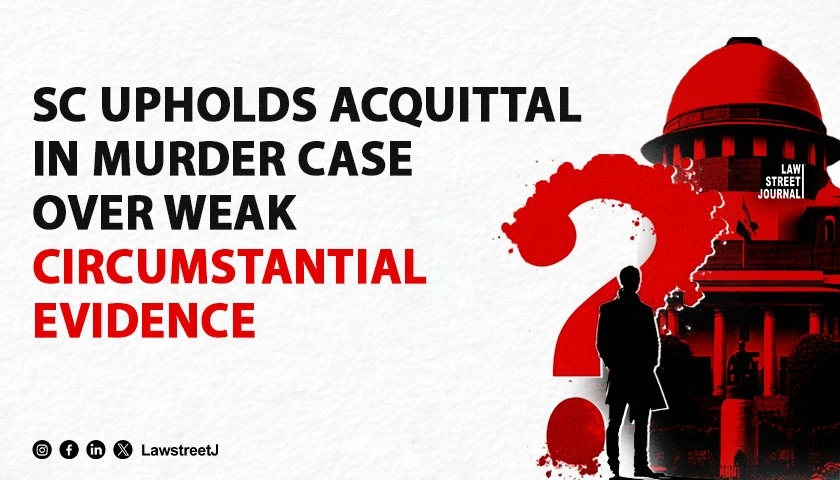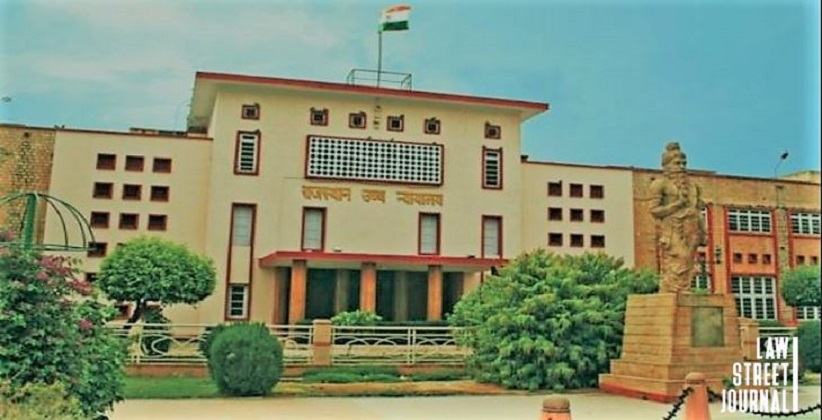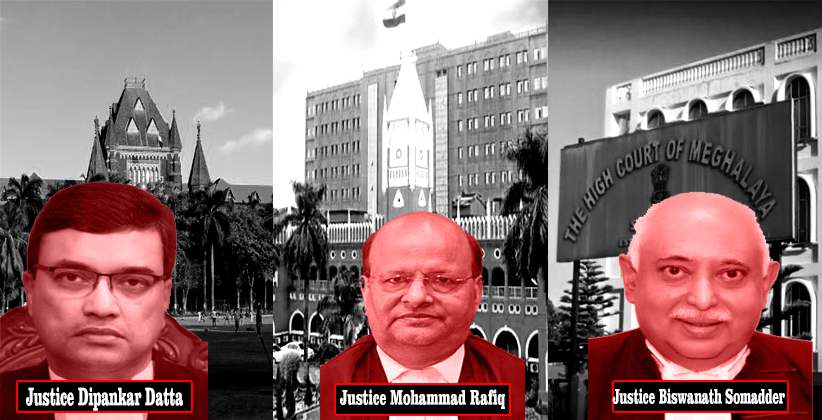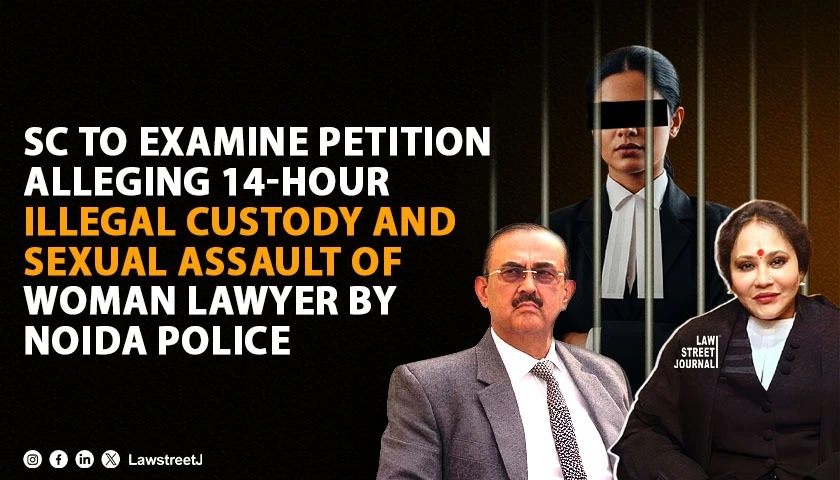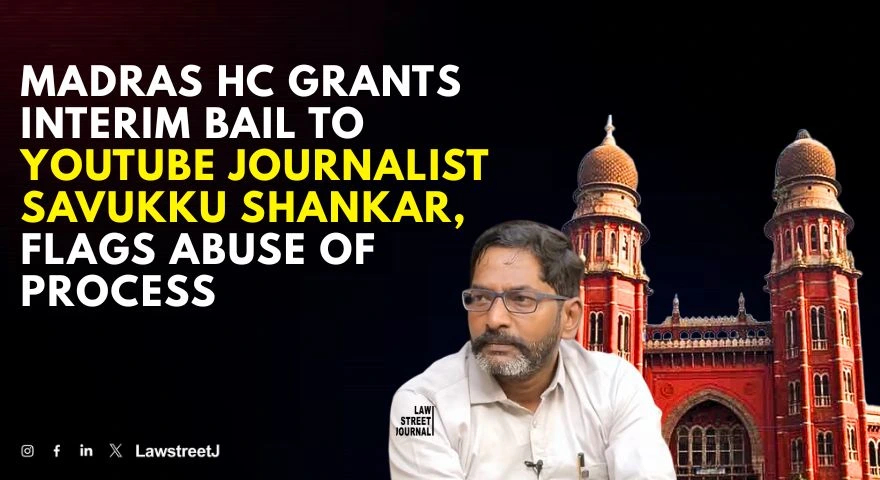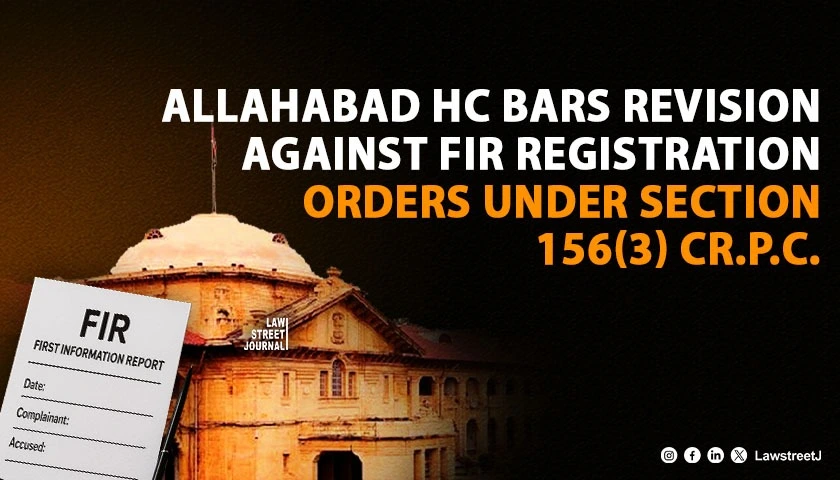New Delhi: The Supreme Court has dismissed an appeal by the State of Rajasthan challenging the acquittal of a murder accused, emphasizing that the mere recovery of a blood-stained weapon matching the victim’s blood group is insufficient to establish guilt in a case built entirely on circumstantial evidence.
Justices Sandeep Mehta and Prasanna B. Varale delivered the judgment on June 19, 2025, in Criminal Appeal No. 631 of 2017, upholding the Rajasthan High Court’s order acquitting the respondent.
The case concerned the murder of one Chotu Lal on the intervening night of March 1–2, 2007. The respondent, Hanuman, was initially convicted by the Additional Sessions Judge No. 1, Fast Track, Kota under Section 302 of the Indian Penal Code and sentenced to life imprisonment along with a fine of ₹100.
The Supreme Court examined the prosecution’s case based on circumstantial evidence and found that the alleged motive and recovery of the blood-stained weapon, “even taken in conjunction, cannot constitute the complete chain of incriminating circumstances required to bring home the charges against the accused.”
Regarding the forensic evidence, the Court observed: “Even if the FSL report is taken into account, then also, other than the fact that the weapon recovered at the instance of the accused tested positive for the same blood group as that of the deceased (B+), nothing significant turns on the said report.”
The Court relied on its earlier decision in Raja Naykar v. State of Chhattisgarh [(2024) 3 SCC 481], which held that “mere recovery of a blood-stained weapon even bearing the same blood group of the victim would not be sufficient to prove the charge of murder.”
On the prosecution’s motive theory, the bench noted that “the evidence in that regard seems to be very vague and vacillating.”
Reiterating the settled legal principle on interference in acquittals, the Court held that such interference is warranted only if “the only possible view based on the evidence points to the guilt of the accused and rules out his innocence.” In the present case, it concluded that “the prosecution failed to lead clinching evidence to bring home the charges,” and that “the only possible view is the one taken by the High Court, i.e., the innocence of the accused.”
The original FIR No. 37 of 2007 was lodged against unknown assailants, and the respondent was later arraigned based on suspicion and circumstantial evidence. The prosecution primarily relied on an alleged motive—claiming the accused had an evil eye on the deceased’s wife—along with the recovery of the weapon and an FSL report showing matching blood groups.
Case Title: State of Rajasthan vs. Hanuman

